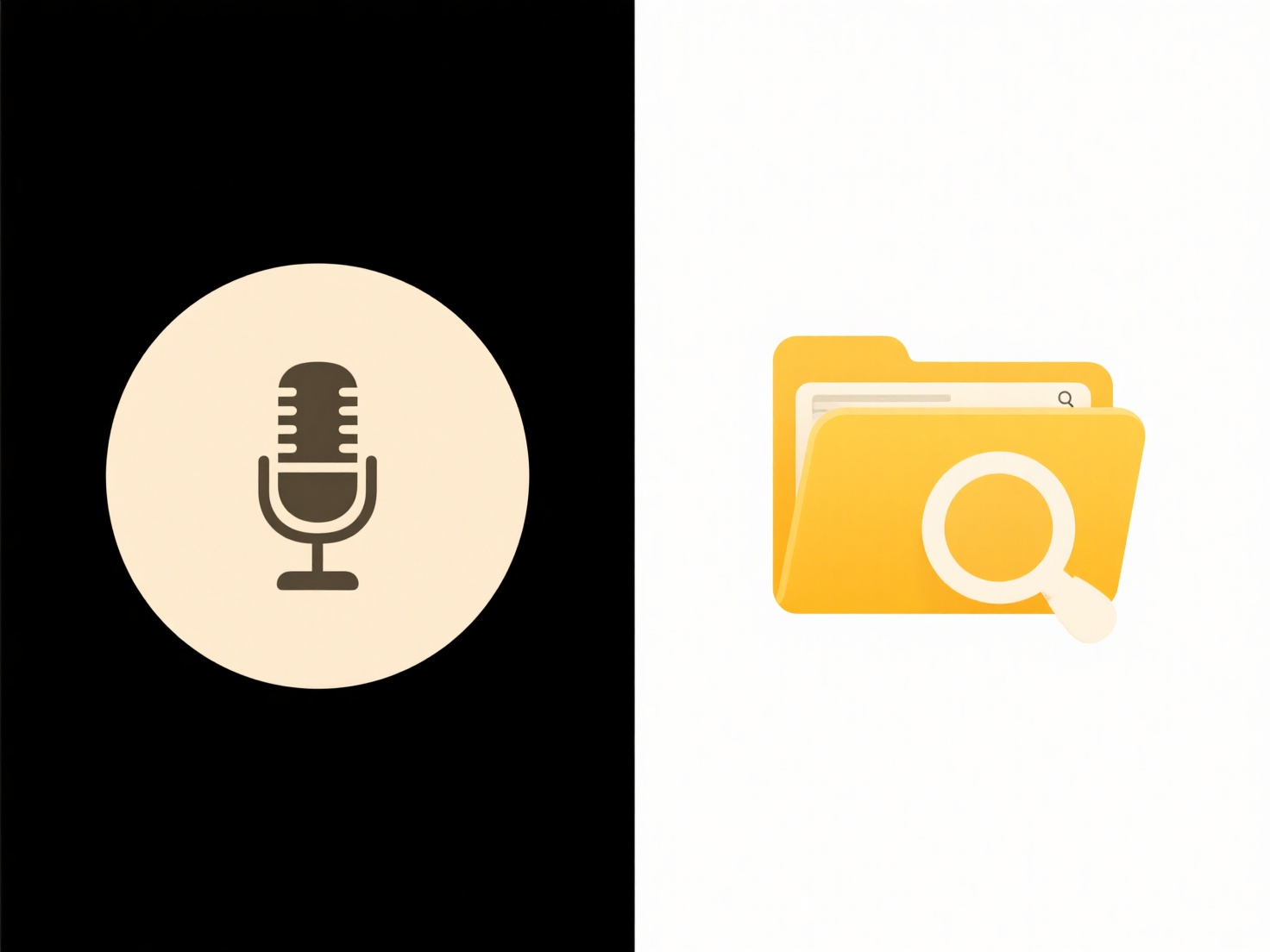
Sync profiles refer to pre-configured sets of rules defining how data synchronization occurs between different locations, devices, or applications. Essentially, they allow you to define distinct synchronization behaviors tailored to specific tasks or scenarios, such as syncing only certain file types, using different schedules, or connecting to particular cloud services. This differs from a single, universal sync setting applied to all data.
In practice, you might create one profile that constantly syncs documents to cloud storage during work hours for your office job. Simultaneously, you could use a different profile that only syncs large design files overnight to a local NAS drive to conserve bandwidth. Tools like cloud storage clients (OneDrive, Dropbox, NAS software), creative suites (Adobe Creative Cloud syncing settings), or development environments (IDE sync settings for project files) often support this concept.

The main advantage is streamlined workflow efficiency by automating context-specific sync behavior without manual reconfiguration each time. However, setting up and managing multiple profiles requires initial effort and can become complex. Careful naming and organization are crucial to avoid confusion. While not inherently an ethical issue, ensuring sensitive data isn't inadvertently synced via the wrong profile configuration is essential.
Can I create “sync profiles” for different workflows?
Sync profiles refer to pre-configured sets of rules defining how data synchronization occurs between different locations, devices, or applications. Essentially, they allow you to define distinct synchronization behaviors tailored to specific tasks or scenarios, such as syncing only certain file types, using different schedules, or connecting to particular cloud services. This differs from a single, universal sync setting applied to all data.
In practice, you might create one profile that constantly syncs documents to cloud storage during work hours for your office job. Simultaneously, you could use a different profile that only syncs large design files overnight to a local NAS drive to conserve bandwidth. Tools like cloud storage clients (OneDrive, Dropbox, NAS software), creative suites (Adobe Creative Cloud syncing settings), or development environments (IDE sync settings for project files) often support this concept.

The main advantage is streamlined workflow efficiency by automating context-specific sync behavior without manual reconfiguration each time. However, setting up and managing multiple profiles requires initial effort and can become complex. Careful naming and organization are crucial to avoid confusion. While not inherently an ethical issue, ensuring sensitive data isn't inadvertently synced via the wrong profile configuration is essential.
Quick Article Links
How do I keep a backup before batch renaming?
Keeping a backup before batch renaming means intentionally creating a duplicate copy of the files or folders you intend ...
Can I run software projects from the cloud?
Running software projects from the cloud means using remote, internet-accessible servers (hosted by providers like AWS, ...
Can Chromebook users open .exe or .msi files?
Chromebooks run Chrome OS, not Windows. EXE and MSI files are native executable and installer formats designed specifica...